From politics to new names and far-flung parades: the year in fashion
2017: The year that fashion got political.
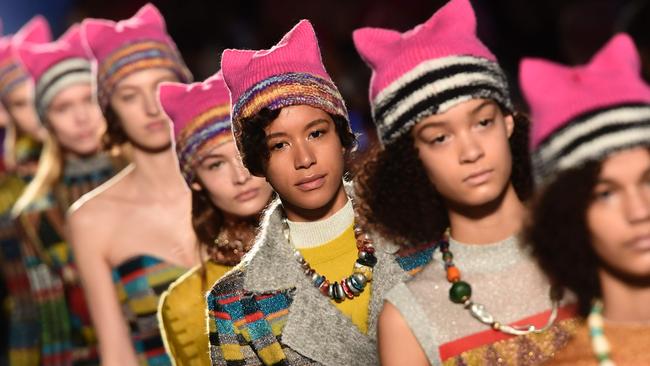
Who knew that fashion’s muse for 2017 wouldn’t be a willowy beauty but an orange-tinted man with an alarming coiffure and new-found ability to wield power?
This was the year fashion got its protest on. It started early, on January 21 and 22, when more than five million women worldwide, from Washington to New York, Paris to Oslo, Sydney to Toronto, took to the streets in the Women’s March just after Donald Trump’s inauguration as US President. They were inspired to take a stand in the wake of Trump’s comments about women, including that infamous “grab ’em by the pussy” video, and his government’s health services rollback affecting reproductive rights, among other things; but its platform was broadened to make a statement in support of women’s rights, racial and gender equality, immigration issues, LGBTI rights, healthcare reform and more.
And the symbol of those protests? A pink beanie with cat ears — the pussyhat. It required basic craft skills, with women across the world knitting the beanies from a pattern shared by Pussyhat Project founders Jayna Zweiman and Krista Suh. It became a symbol of power and unity, even making the cover of Time magazine. When the international fall catwalk shows took place the following month, Missoni staged a finale of models in the beanies — and left one on the seat of every attendee.
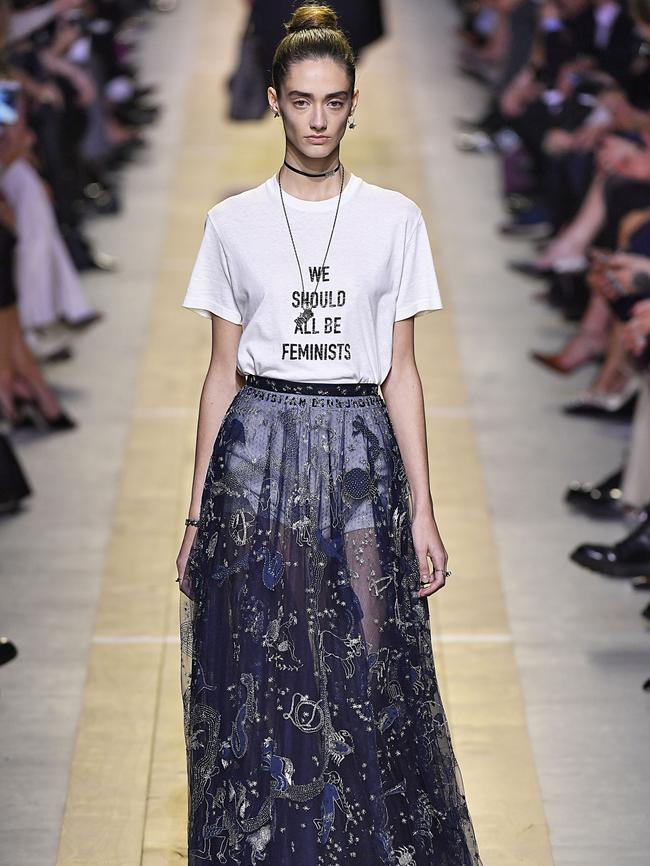
But this was no isolated incident. This year, more than any other, designers were using the catwalk as a soapbox for a variety of causes. During the fall collections in February and March, fashion hit peak politics. In New York, Public School had hats reading “Make America New York” (another jab at Trump and his Make America Great Again campaign slogan) and tees with slogans such as “Feminist AF”, while Prabal Gurung’s read “The Future is Female” and “Nevertheless, she persisted”. Christian Siriano, Raul Solis and Tome, run by Aussies in New York, also got into the sloganeering for women’s and human rights.
The Council of Fashion Designers of America designed and distributed badges saying “Fashion stands with Planned Parenthood”, one healthcare service in Trump’s firing line.
The slogan T-shirt trend was kicked off by Maria Grazia Chiuri in her first collection for Christian Dior late last year. When her “We should all be feminists” tee hit stores in March, many blanched at its $900 price tag (a small percentage was to go to a charity, softening the blow), but it soon was picked up by statement-making celebrities. A look from that show featuring the T-shirt and a skirt and blazer was chosen this month as dress of the year by the Fashion Museum in Bath, England.
In Australia, rainbows were trending as the country came together for the marriage equality postal vote, resulting in an overwhelming Yes. Several fashion brands threw their support behind the cause, including Gorman, which gave away “Love is Love” tees to anyone who could prove they were enrolled to vote; Moga, which created a rainbow scarf (and saved its last one to send to No campaigner Tony Abbott); Mondial by Nadia Neuman, which has long supported the cause with its Marriage Equality ring; and Puma with free rainbow laces as part of its #LetUsAllTieTheKnot campaign.
Before the vote, hundreds in the fashion and creative industries came together to show their support in a photo shoot, posing as a human rainbow in colourful tees in Sydney’s Hyde Park.
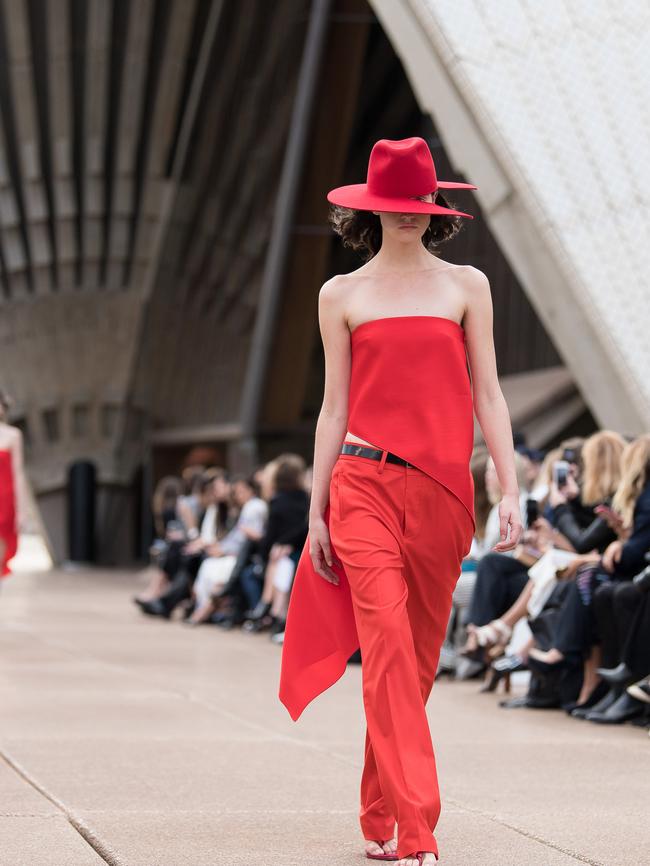
The musical chairs that have been a normal occurrence in luxury brands in recent years continued this year, albeit at a slightly slower pace. Clare Waight Keller left Chloe to take the top job at Givenchy, with her debut there in October proving underwhelming, while Natacha Ramsay-Levi left Louis Vuitton, where she worked alongside Nicolas Ghesquiere, to take up the Chloe vacancy, putting one more woman at the helm of a major label. One step forward, one step back: Lanvin booted out Bouchra Jarrar after just two seasons and hired the little-known Olivier Lapidus; its beloved former creative director of 14 years Alber Elbaz is still without a post.
In February we finally got to see Belgian great Raf Simon’s vision for a unified Calvin Klein: a slanted take on Americana, although with a clunky new brand name for the ready-to-wear, Calvin Klein 205W39NYC, a nod to the company’s HQ address in New York.
They say real estate is all about location, location, location — but it’s increasingly the mantra for fashion brands, too. Competition is high among luxury labels to hold events in ever more exclusive or extravagant locales. Especially for cruise and resort shows, it is becoming standard to fly in hundreds of people for an occasion. Most recently Chanel took over the Elbphilharmonie in designer Karl Lagerfeld’s home town, Hamburg, for its Metiers d’Art collection. Mid-year, Gucci took its cruise show to Florence; Christian Dior decamped to a canyon in California and Louis Vuitton to a modern museum in Kyoto.
But at Australian Fashion Week in May, Dion Lee proved that sometimes you can pick your own doorstep for something equally impressive on the world stage. The New York-based designer returned home to showcase his resort collection in the shadows of the Sydney Opera House, those impressive sails echoed in the collection — and the rains stayed away, helping to turn his vision into reality.
Given the investment and growth in the Australian market by global luxury brands, surely it can be only a matter of time before one of them decides to head here for one of those resort shows, to any one of our incredible locations, man-made or natural. Let’s see if 2018 is the year.

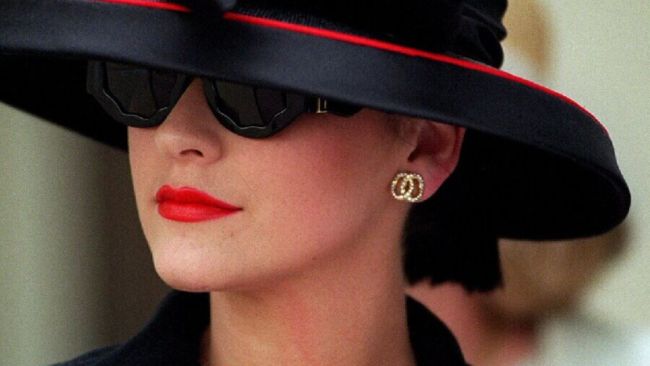
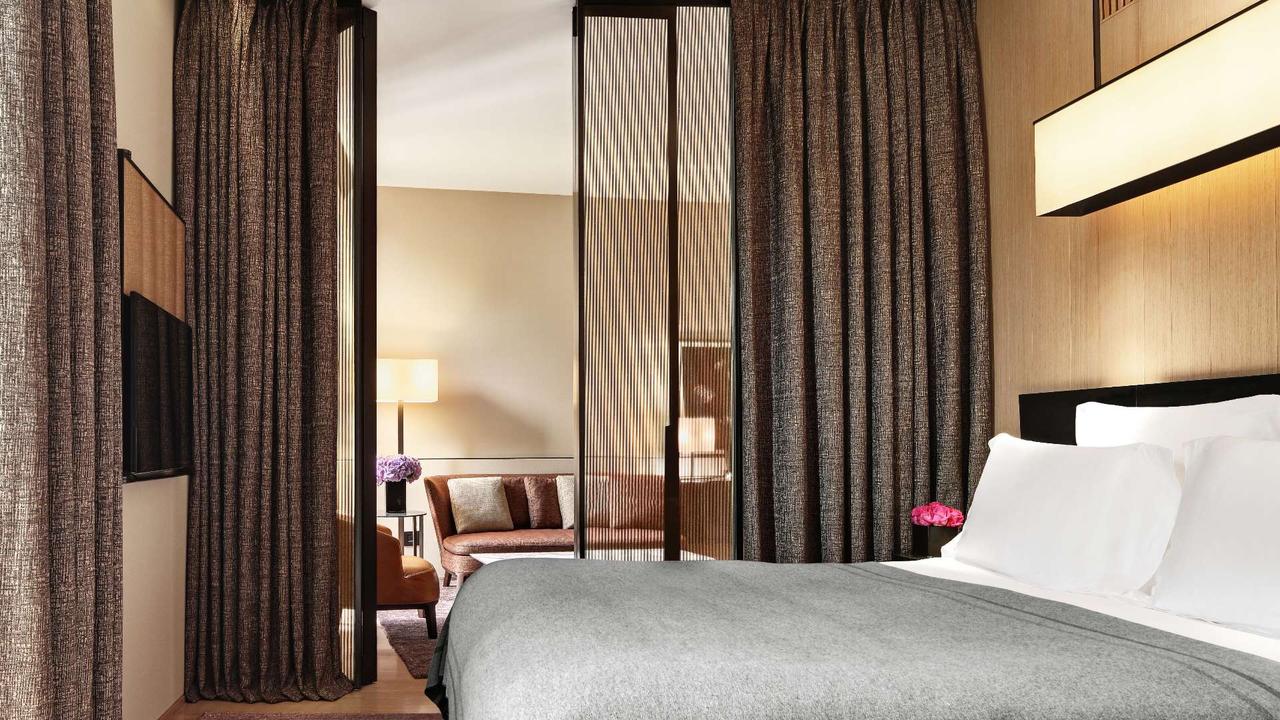
To join the conversation, please log in. Don't have an account? Register
Join the conversation, you are commenting as Logout